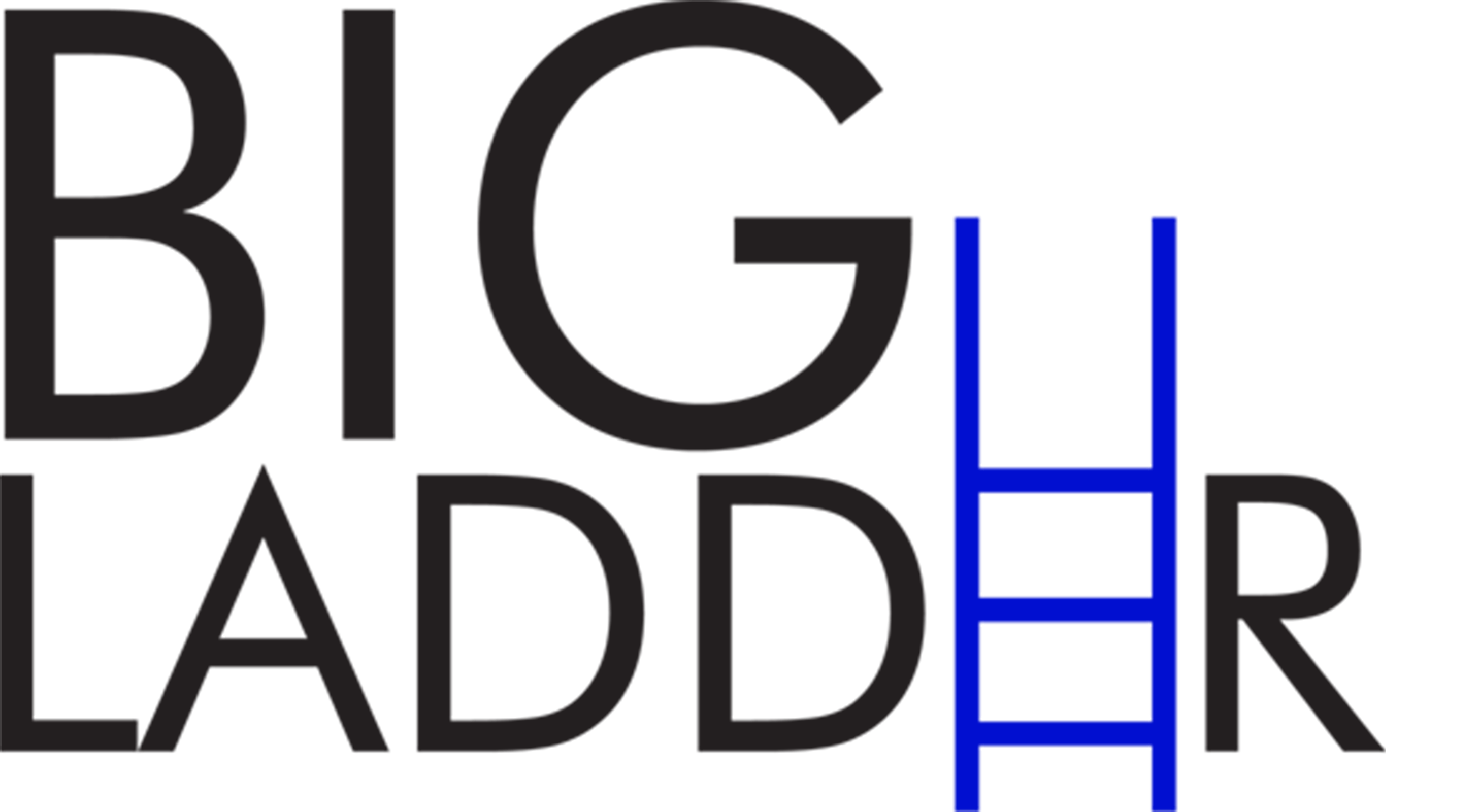Google has changed the game—again. With its shift to continuous scrolling on mobile search (and now expanding to desktop), the way users interact with search results is evolving. What does this mean for businesses and SEO professionals? For years, ranking on the first page of Google was the holy grail. But now, there’s no distinct “page one”—just a seamless flow of results. Some believe this levels the playing field for lower-ranked pages, while others fear it might reduce CTRs even further. So, does continuous scrolling work in your favor, or is it making organic traffic harder to capture? Let’s dive deep into the impact of this major change and how businesses can stay ahead.
Understanding Search Pagination & Continuous Scrolling
Before continuous scrolling, search engines used pagination, dividing search results into numbered pages. Users had to click “Next” to explore beyond the first ten results. This created a psychological barrier—many users rarely ventured beyond page one, reinforcing the idea that if you weren’t in the top ten, you were invisible.
Enter continuous scrolling. Instead of stopping at ten results per page, Google now automatically loads more results as users scroll, up to a certain point, before requiring a “Load More” click. While it mimics the infinite scrolling experience of social media, it’s not truly infinite—Google still batches results in groups (e.g., 40 results before requiring another action).
But does this mean users are scrolling more? And if so, are they clicking more on lower-ranked pages?
Impact on Organic Click-Through Rates (CTR)
Click-through rate (CTR) is a key metric in SEO. It tells us how often a search result gets clicked compared to how often it appears. Traditionally, the first few positions on page one dominated CTR, while lower-ranked results suffered due to low visibility.
With continuous scrolling, early data suggests a shift in user behavior:
- Top-ranked results still get the most clicks, but the CTR drop-off for lower-ranked results is not as steep as before.
- Positions 11-20 (previously “Page 2”) are seeing higher CTRs than before, likely because they appear seamlessly within the scrolling experience.
- Brand recognition plays a stronger role—users scrolling further down may already have a brand in mind and actively look for familiar names.
However, it’s not all positive for lower-ranked pages. More visibility doesn’t necessarily mean more clicks. Users may still favor higher-ranked results unless lower results stand out with strong meta descriptions and compelling titles.
Mobile vs. Desktop Comparison
Google introduced continuous scrolling on mobile search first, which makes sense—mobile users are already accustomed to scrolling endlessly on social media apps. On mobile, this change has led to:
- Higher engagement with lower results, as scrolling is easier and feels more natural.
- A potential decrease in the importance of position 1-3 dominance, as users explore further.
On desktop, however, behavior differs:
- Users are used to pagination and structured browsing, so the impact may be less significant.
- Intent-heavy searches (e.g., “best software for accounting”) may still favor top results, as users want quick answers.
- Shopping-related searches could benefit from continuous scrolling, as users compare multiple options more fluidly.
Psychological Effects & User Behavior
Continuous scrolling affects user psychology in several ways:
- Decision Fatigue – With more options in view, users may struggle to make a choice, leading to fewer clicks.
- Dwell Time Increases – Users may spend more time scrolling, which could be beneficial for engagement but not necessarily for conversions.
- Reduced FOMO (Fear of Missing Out) – When pages were separate, users felt compelled to click the first few links. Now, they may feel they have more time to browse.
For businesses, this means your meta titles and descriptions must be more compelling than ever. The higher your ranking, the more competitive the landscape.
SEO Implications for Businesses
How should businesses adapt? Here are some key SEO takeaways:
- Optimize for Scannability – With more results visible, your listing needs to grab attention. Use action-driven headlines and clear descriptions.
- Leverage Structured Data – Rich snippets, FAQs, and featured snippets can make your listing stand out.
- Monitor CTR & Adjust Accordingly – Keep an eye on Google Search Console to track how your CTR changes over time.
- Enhance Branding & Authority – If users scroll further, they may favor brands they recognize. Consistently publishing high-quality content can establish that recognition.
Comparison with Other Search Engines
Google isn’t the only player in the game. Other search engines handle search results differently:
- Bing & Yahoo still rely on pagination, keeping the traditional model intact.
- DuckDuckGo offers infinite scrolling but with more privacy-focused search ranking methods.
- Social search (e.g., TikTok, Reddit, YouTube) is gaining traction, influencing how users search for information altogether.
Google’s shift to continuous scrolling is part of a larger trend toward making search feel more intuitive and less structured—but whether this benefits organic search traffic remains an open question.
Actionable Strategies for Businesses
Want to stay ahead? Here’s what you need to do:
- Optimize beyond position 1-10 – Even if you’re ranking lower, continuous scrolling means you still have a shot.
- Write better meta titles & descriptions – Make them irresistible. Think: What would make YOU click?
- Diversify traffic sources – Google is evolving, but don’t ignore Bing, social media, and other platforms.
- Use Featured Snippets & Rich Results – These can increase visibility even if you’re not at the top.
How Big Ladder Technologies Can Help
At Big Ladder Technologies, we understand that SEO is no longer just about getting to “page one.” With continuous scrolling reshaping search behavior, your strategy needs to evolve.
We specialize in:
- SEO strategy development tailored for modern search trends.
- CTR optimization techniques to improve engagement even in a competitive SERP landscape.
- Rich snippet & structured data implementation to enhance visibility.
- Ongoing analytics & adjustments to keep you ahead of Google’s ever-changing algorithms.
Want to future-proof your SEO strategy? Let’s talk. Visit www.bigladdertechnologies.com today and take your search visibility to the next level.
Continuous scrolling isn’t just a UX tweak—it’s reshaping how users interact with search results. While it offers new opportunities for lower-ranked pages, it also increases competition and shifts the importance of strong branding, compelling meta descriptions, and optimized structured data.
For businesses, the key takeaway is adaptability. If you’re not constantly evolving your SEO approach, you risk getting buried—scrolling or not. The good news? With the right strategy, continuous scrolling could be the very thing that pushes your website into the spotlight.


 Zoho
Zoho


